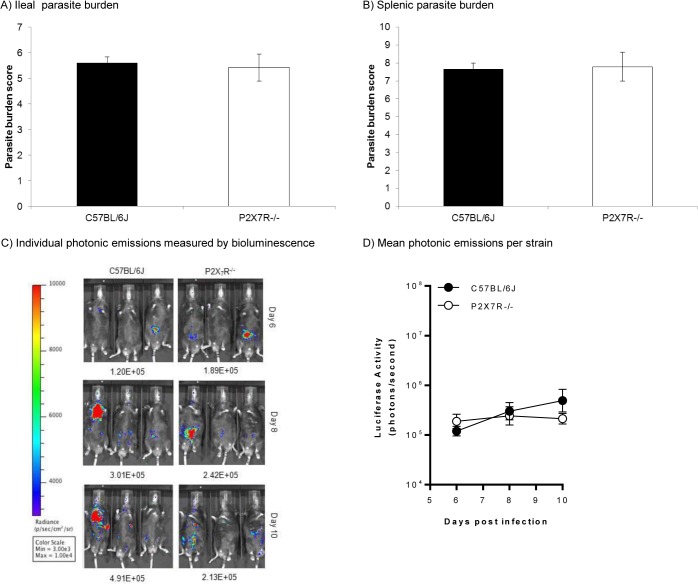Fig 2. Control of Toxoplasma gondii is not altered in P2X7R-/- mice compared with wild type.
Male mice (6–8 weeks old) were infected orally with 10 T. gondii ME49 cysts and euthanased 8 days post-infection. Parasite burden in (A) intestines and (B) spleens of C57BL/6J and P2X7R-/- mice was determined by a microtitre limiting dilution assay as detailed in the Materials and Methods. Results are presented as the mean ± SEM (n = 8) for both strains of mice from one of three experiments that generated similar data. Parasite burden measurements from infected P2X7R-/- mice were not significantly different from infected C57BL/6J mice (one-way ANOVA). Identical results were obtained using the classical plaque-forming assay [61] so these are not shown here. (C, D) In a separate series of experiments, three male and three female mice were infected orally with 5 cysts of luciferase-expressing 76KGFP-Luc T. gondii and parasite burden was quantified on day 6, 8 and 10 p.i. by firefly luciferase activity using an IVIS BLI system from Caliper Life Sciences as described previously [32]; images of three infected male C57BL/6J and three infected male P2X7R-/- mice are shown (C). Parasite burden measurements (D) from infected P2X7R-/- mice (n = 6) were not significantly different from infected C57BL/6J mice (n = 6) on any of day 6, 8 or 10 p.i. (two-way ANOVA).

